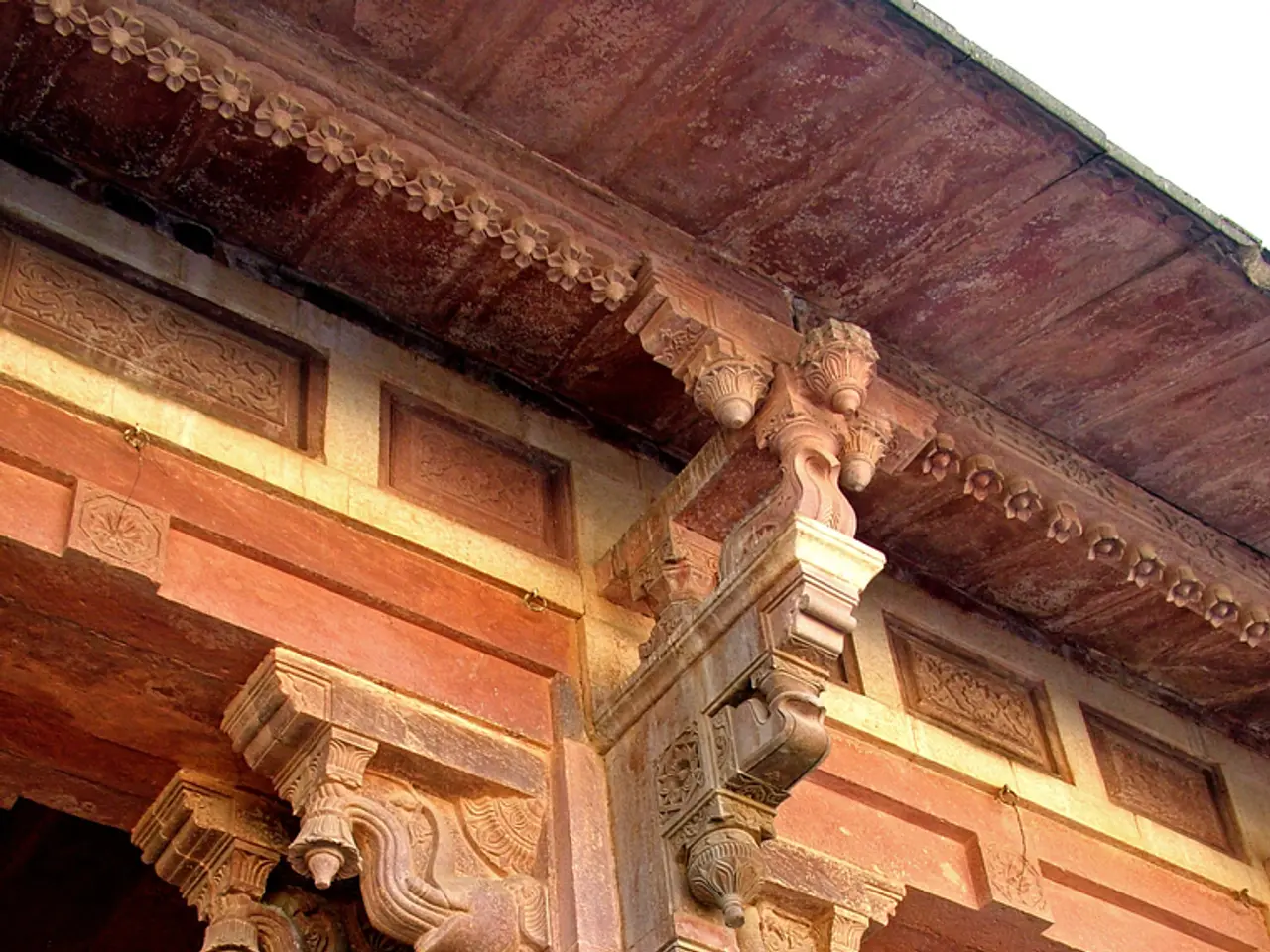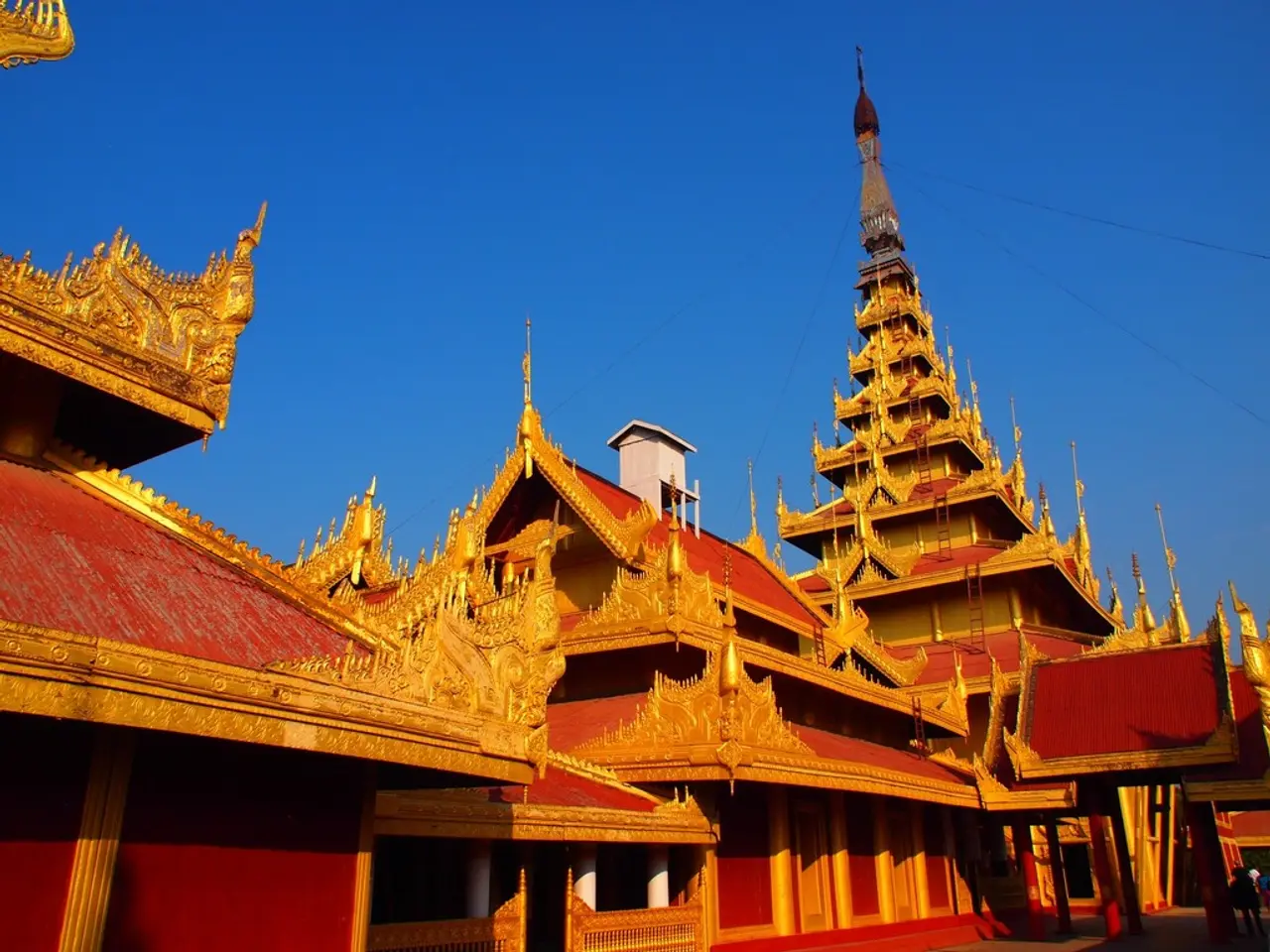Hindu Temple Dedication Ceremony in Ayodhya: Indian PM Modi Reveals Statue on Previous Site of Babri Mosque
A New Era in Ayodhya: The Ram Mandir and India's Cultural Shift
After a long-awaited conclusion to a decades-long legal and communal conflict, the construction of the new Ram temple in Ayodhya, India, has been completed. The temple, symbolizing Lord Ram's birthplace, was inaugurated on January 22, 2024, marking a significant milestone for millions of Hindus.
The grand, three-story temple, spanning 70 acres within a 70-acre complex, boasts sandstone spires and an expansive footprint designed to accommodate large numbers of worshippers. The first phase, including the sanctum sanctorum (garbhagriha), was completed by mid-2023. The consecration (Prana Pratishtha) ceremony was attended by thousands of spiritual leaders and devotees, despite some religious leaders expressing concerns as construction was still ongoing.
Ayodhya is undergoing a major transformation, aligning with the temple’s construction. Part of a $10 billion redevelopment plan, the city has been redesigned with widened roads, murals, LED displays, uniform shop fronts, and extensive infrastructure upgrades. This redevelopment is promoted as heritage restoration and smart city modernization, creating thousands of jobs and boosting tourism.
The temple's construction has significant political and social implications. The Ram Mandir and Ayodhya’s makeover have become emblematic of the Hindu nationalist agenda led by the Bharatiya Janata Party (BJP). Critics argue that the development promotes a singular Hindu religious identity at the expense of India’s traditional religious pluralism and secular ethos. The 1992 demolition of the Babri Masjid at the same site and subsequent communal tensions highlight the deep divisions the temple's construction evokes in India’s religious and political landscape.
The Muslim community expressed apprehension and resurfaced painful memories due to the ceremony. Muslims were allocated a plot outside the city for a mosque, but construction has not yet commenced. Meanwhile, the eastern state of Odisha unveiled extensive plans for pilgrims to visit the Jagannath temple in Puri.
The ceremony for the temple's inauguration was attended by top film stars and cricketers. The temple's construction was funded by private donations totaling $217 million (£170 million). Notably, 80% of the population in India is Hindu, and in 2019, the Supreme Court awarded the disputed land for the temple's construction following a prolonged legal battle.
However, some critics accused Prime Minister Narendra Modi of exploiting the event for political gain. The ceremony faced opposition from some Hindu seers and the majority of the political opposition. Some religious seers argued against performing rituals in an incomplete temple, contending that it contradicts Hinduism. The government's move was criticized for leveraging a religious celebration in a nation constitutionally defined as secular.
Despite the controversy, the Ram Mandir in Ayodhya stands as both a religious landmark and a catalyst for large-scale urban redevelopment intertwined with Hindu nationalist politics, symbolizing a major shift in India’s cultural and political narrative. Authorities anticipate over 150,000 visitors daily once the temple is fully operational. The recent opening of a new airport and railway station aims to transform the city into a "world-class" destination for pilgrims and tourists. The temple's construction is part of a comprehensive city revitalization project estimated to cost over $3 billion.
As Ayodhya continues to evolve, it serves as a testament to the complex interplay of religion, politics, and development in modern India. The Ram Mandir, with its grandeur and historical significance, will undoubtedly attract millions of pilgrims, shaping the city's future and India's cultural landscape for years to come.
The construction of the Ram Mandir, a significant religious landmark in Ayodhya, has profound political implications, aligning with the Hindu nationalist agenda, as critics argue that it emphasizes a singular Hindu religious identity, potentially overshadowing India's traditional religious pluralism and secular ethos.
The inauguration of the Ram Mandir, attended by top celebrities, has been a subject of political debate, with some accusing Prime Minister Narendra Modi of exploiting the event for political purposes, as critics believe the government's moves contradict India's constitutional secularism.






